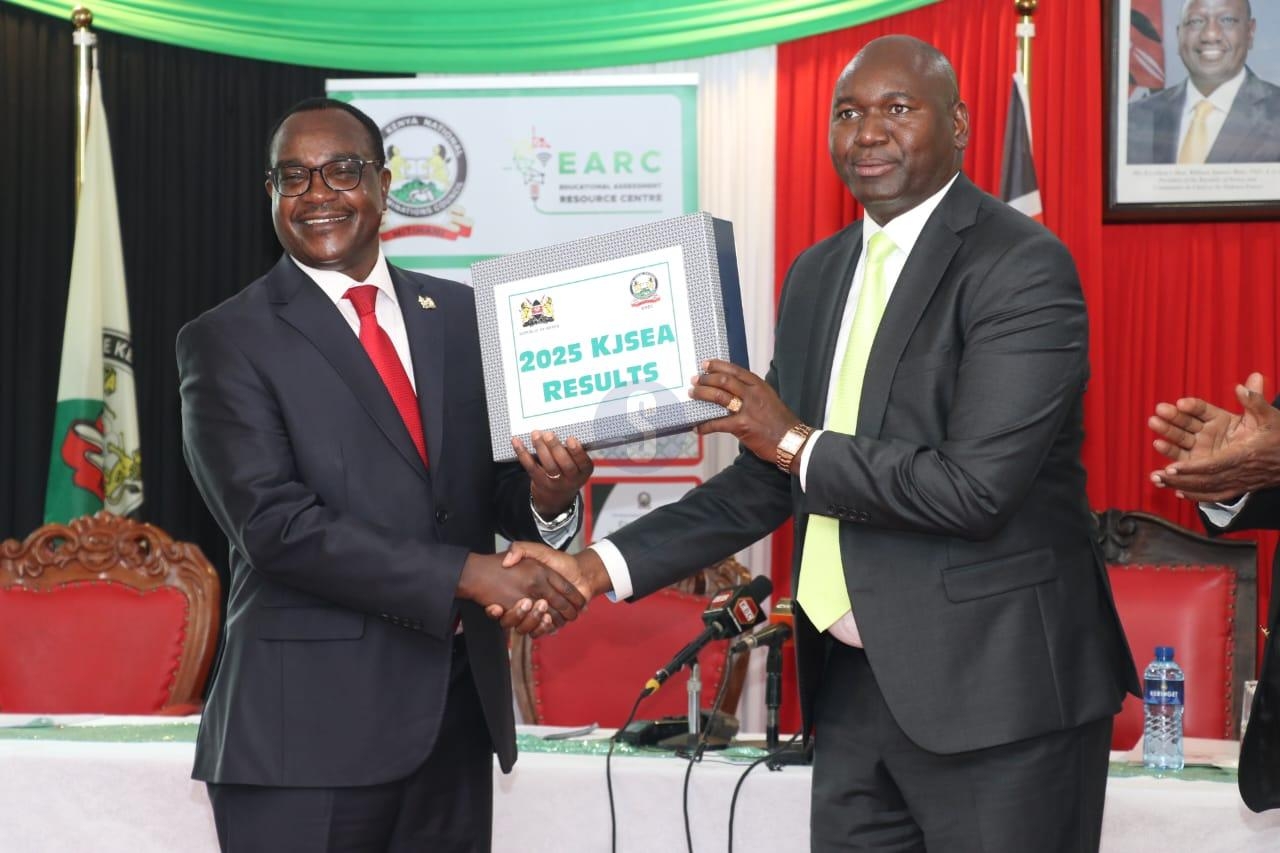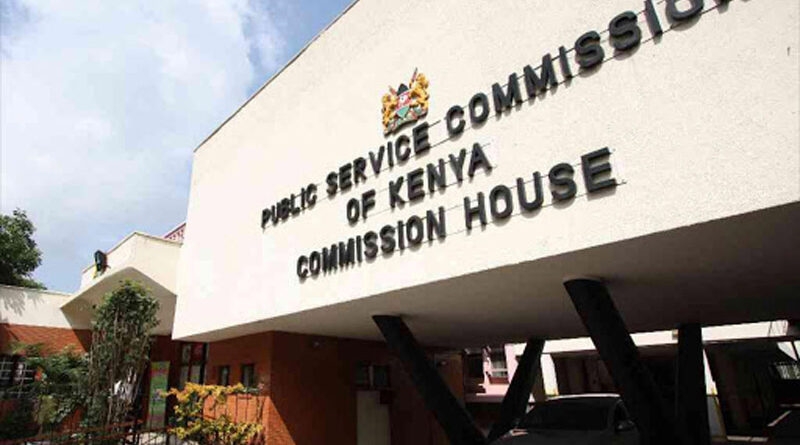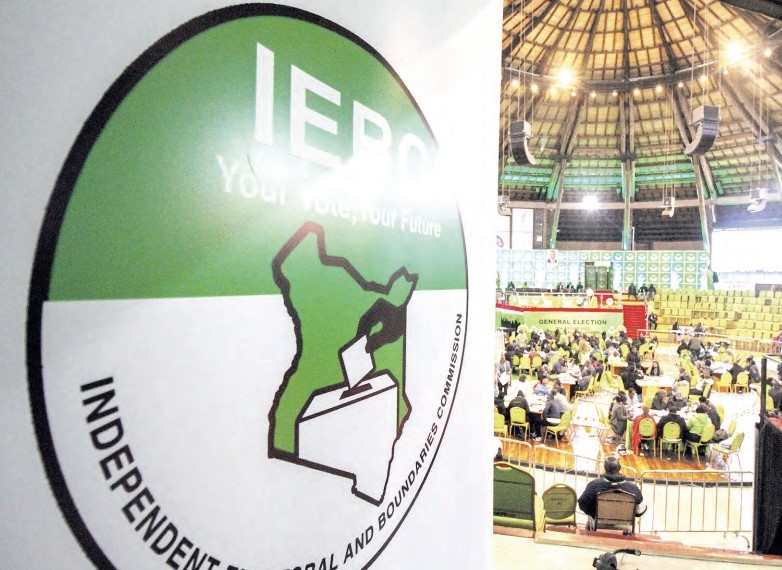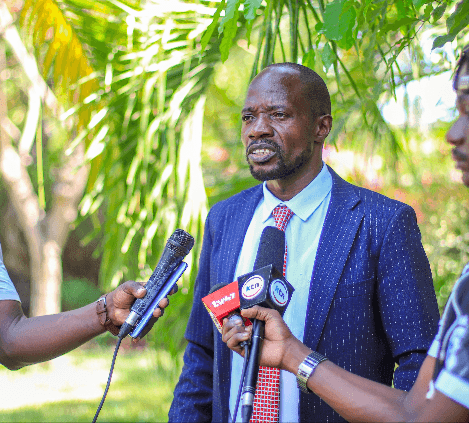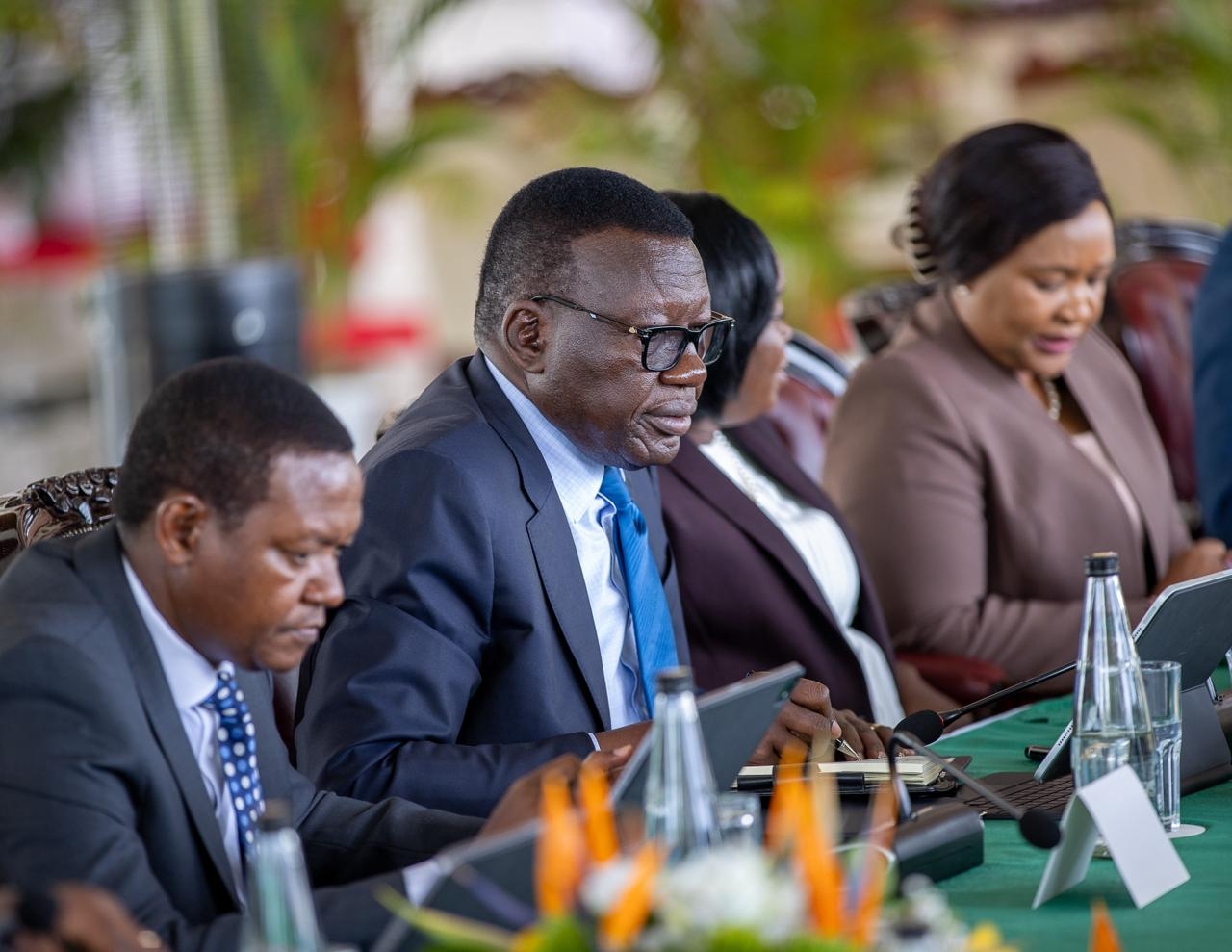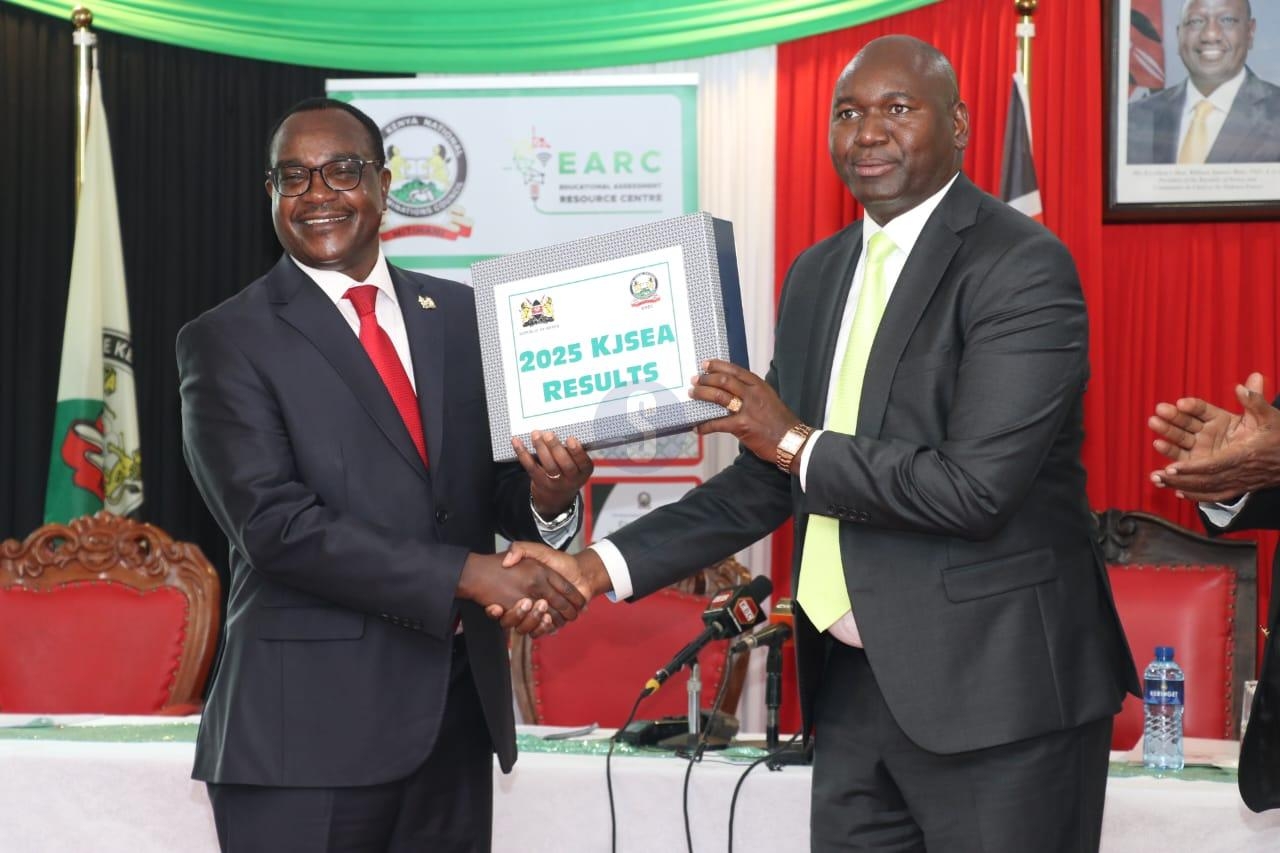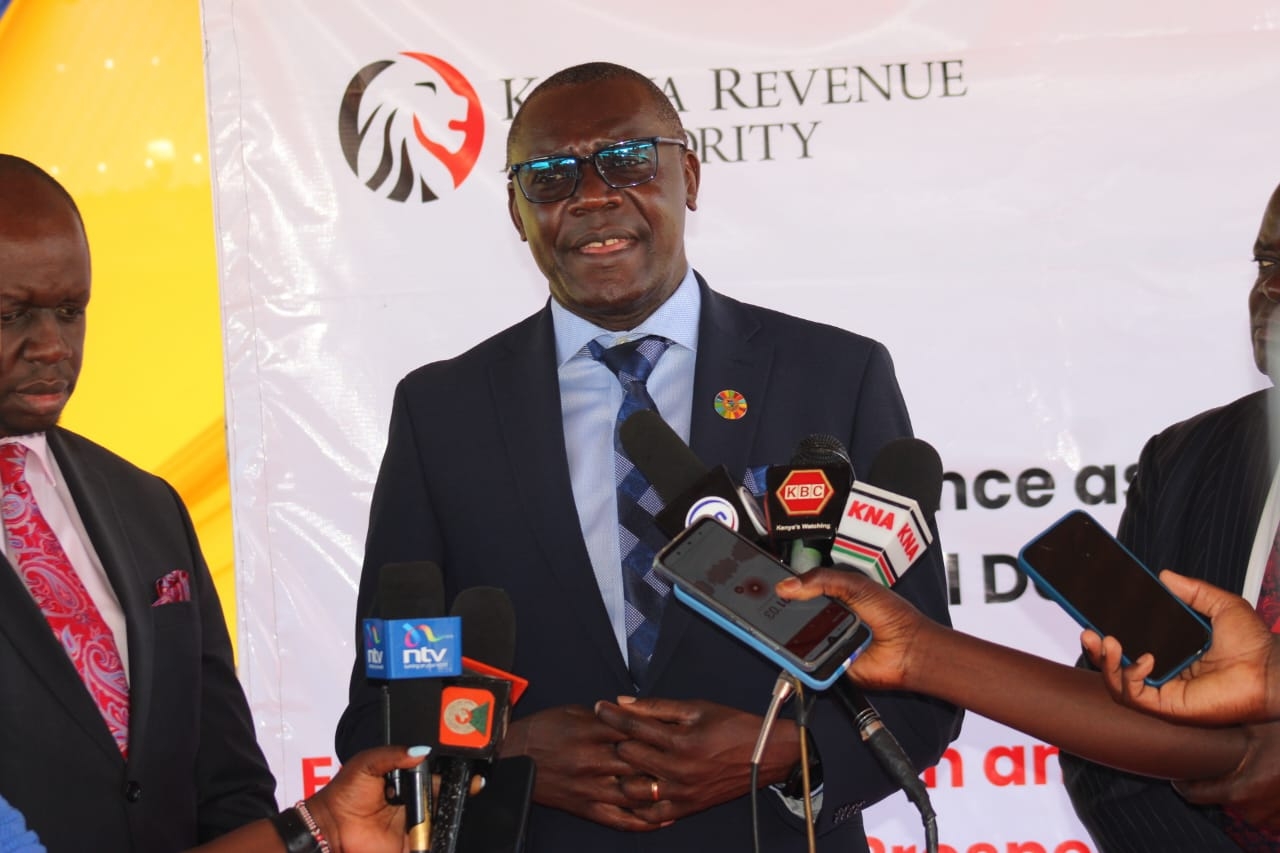
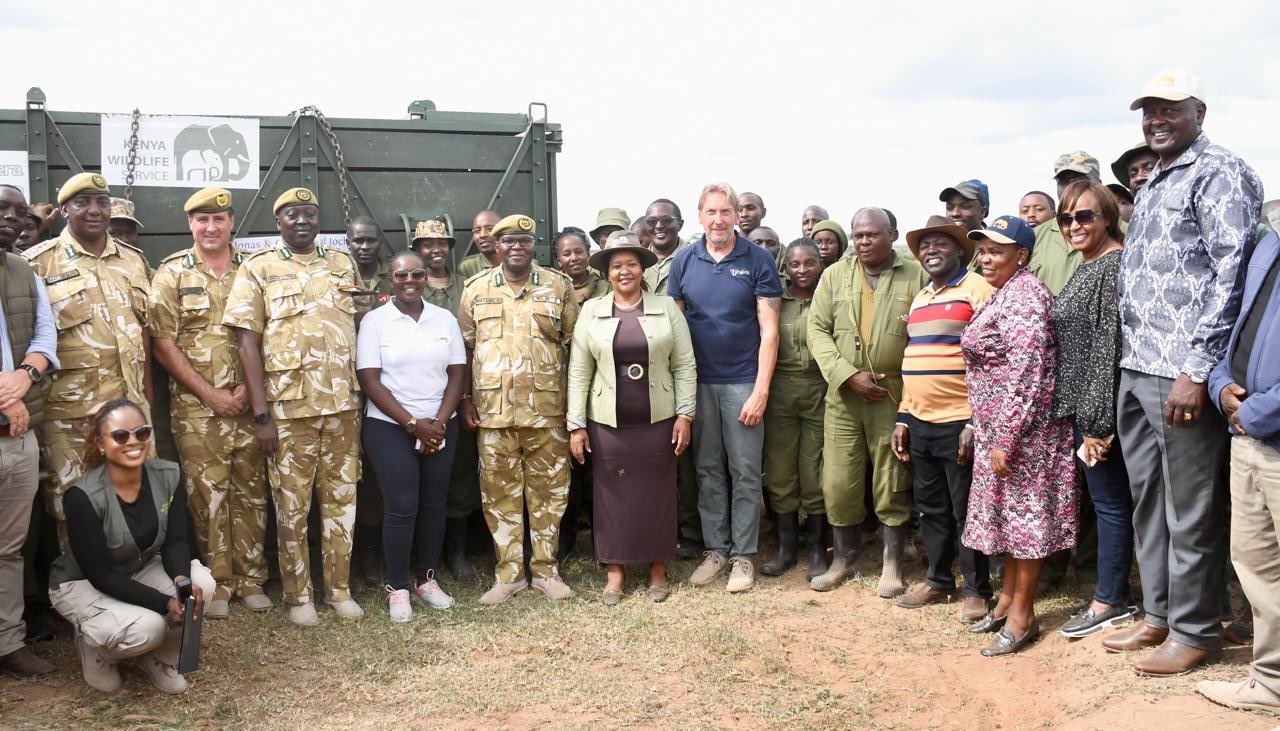
Tourism and Wildlife Cabinet Secretary Rebecca Miano poses for a photo with KWS leadership and conservationists during the launch of the translocation exercise on May 24, 2025/KWS
Rhinos in Nairobi National Park have made a remarkable recovery and are now above the carrying capacity of the conservancy.
The carrying capacity is the maximum number of individuals of a species that an environment can support.
Kenya Wildlife Service Director General Erastus Kanga says the park can ecologically accommodate about 90 to 100 rhinos.
Rhino fights are often deadly. “A few months ago, there was a male black rhino that went out of Nairobi National Park three times in a week. So, we went to translocate it into Tsavo West because that has huge space.”
Kanga said rhinos also suppress their birth rate when they are overcrowded.
The increase in the rhino population within Nairobi National Park is one of the successes of conservation efforts.
It is projected that there will be an annual five per cent increase in black rhino numbers in the country from the current base of 1,059. It is crucial that new secure spaces are established and rhinos translocated to the new suitable habitats.
Rhinos in Kenya, especially the black rhinos, have grown from just 384 individuals in the late 1980s to the current population of 1,059.
Authorities attribute the resurgence largely to strategic national conservation efforts, with the Wildlife Research and Training Institute playing a pivotal role in providing the scientific data that informs these initiatives.
“The rhino was declared a protected species by our late President Daniel Moi around 1986. When that declaration was made, the rhino population had seriously declined. We were coming from a high population of about 20,000, particularly black rhinos to about 384. That time we had about 50 white rhinos,” Kanga said.
The Kenya Wildlife Service started rebuilding the population to prevent the species from becoming extinct.
“We have created about 19 rhino sanctuaries. Nairobi National Park happens to be one of them, along with Nakuru and Ngulia,” Kanga said.
“We have been able to grow the black rhino population from a low of 380 to the current population of over 1,059 in about 35 years. That tells you if the government had not taken an interest, we would have lost this species.”
Kenya today hosts more than 90 per cent of the eastern black rhino. “The white rhinos have also shot up, as they have increased from a mere 50 to now 1,048. We are holding the third-largest rhino population in Africa.”
Established in 1986, the Ngulia Rhino Sanctuary was designed to protect the eastern black rhino, but it now faces serious challenges due to overpopulation, hosting over 140 rhinos against a recommended capacity of 60.



